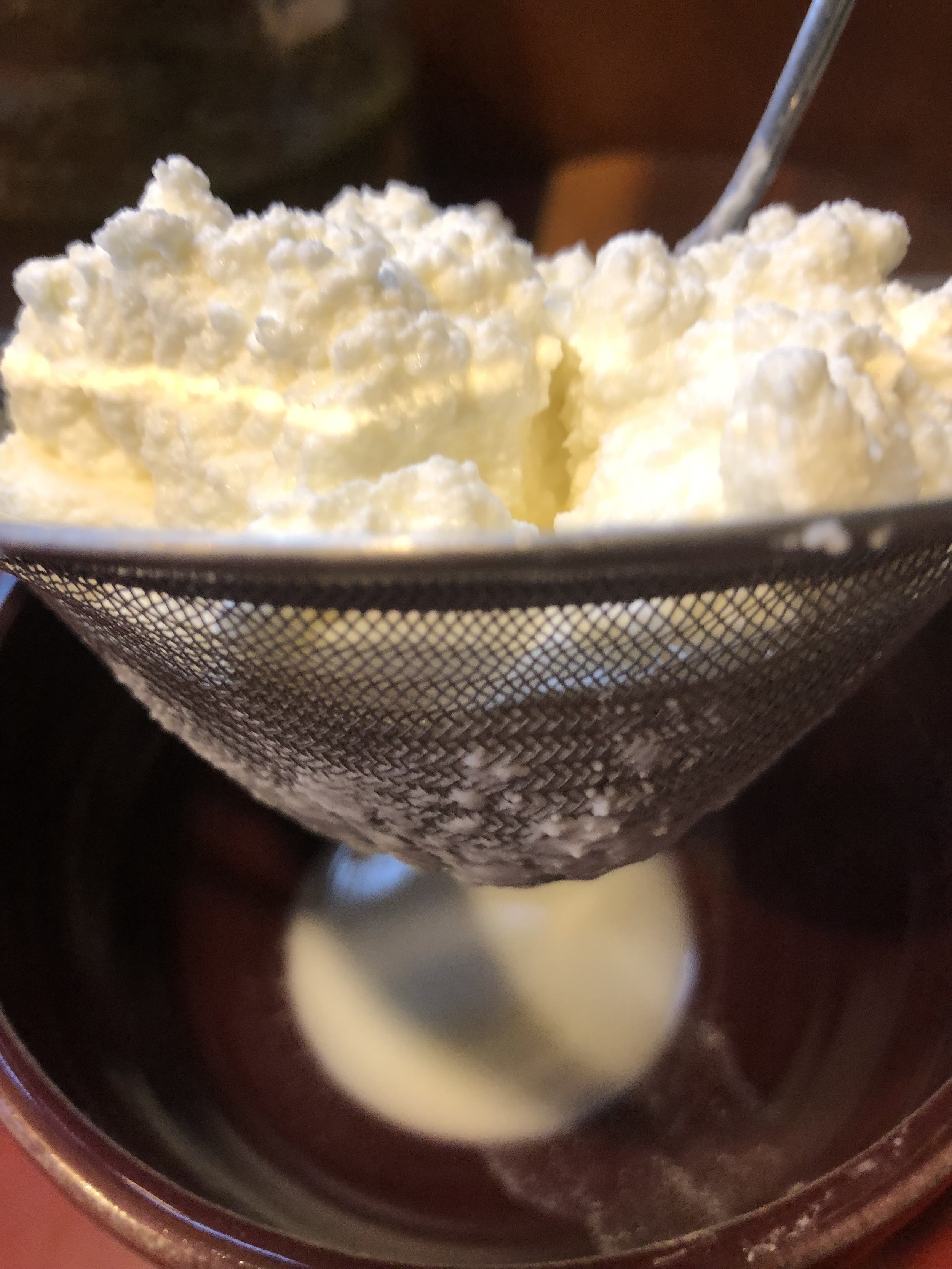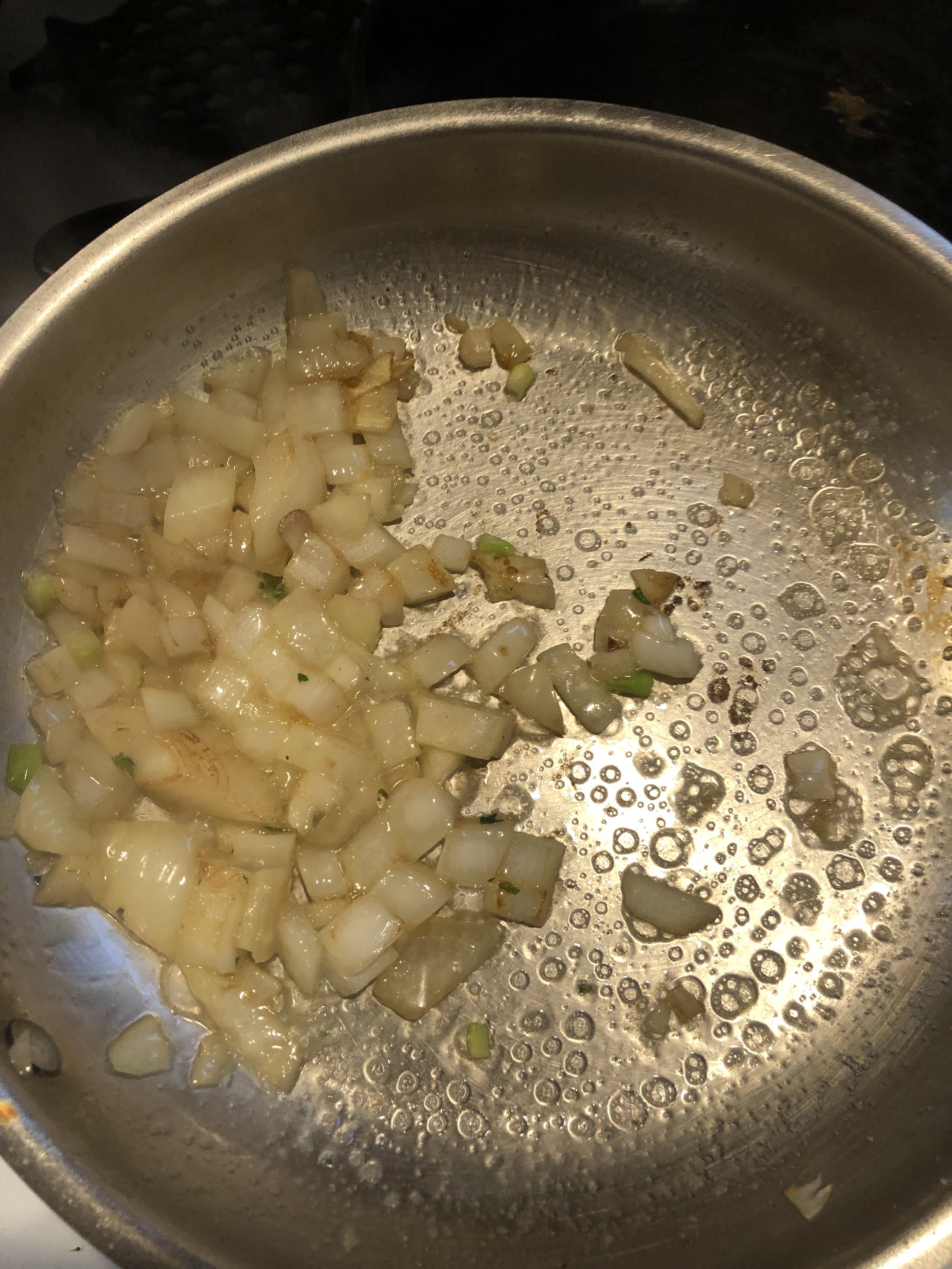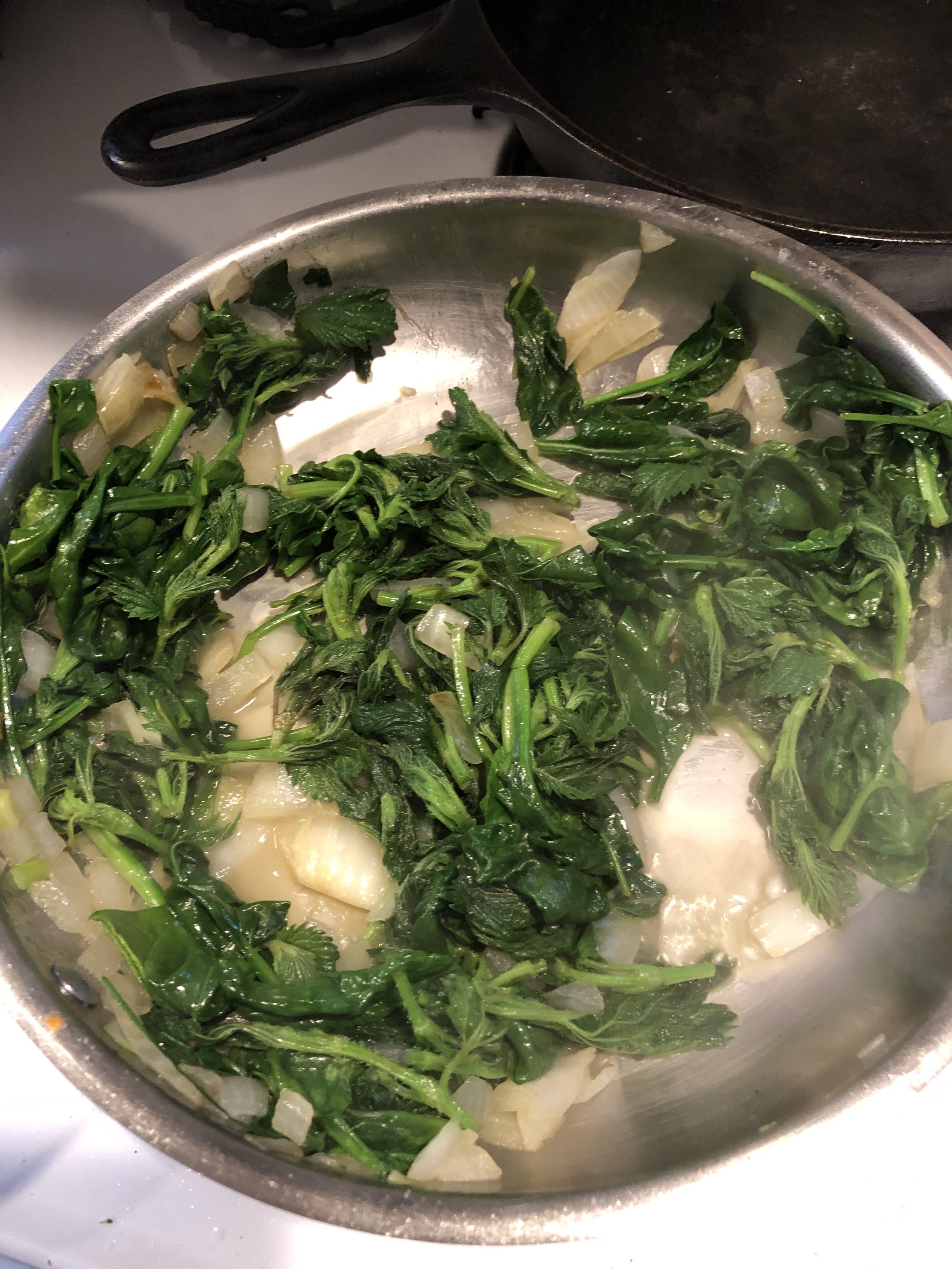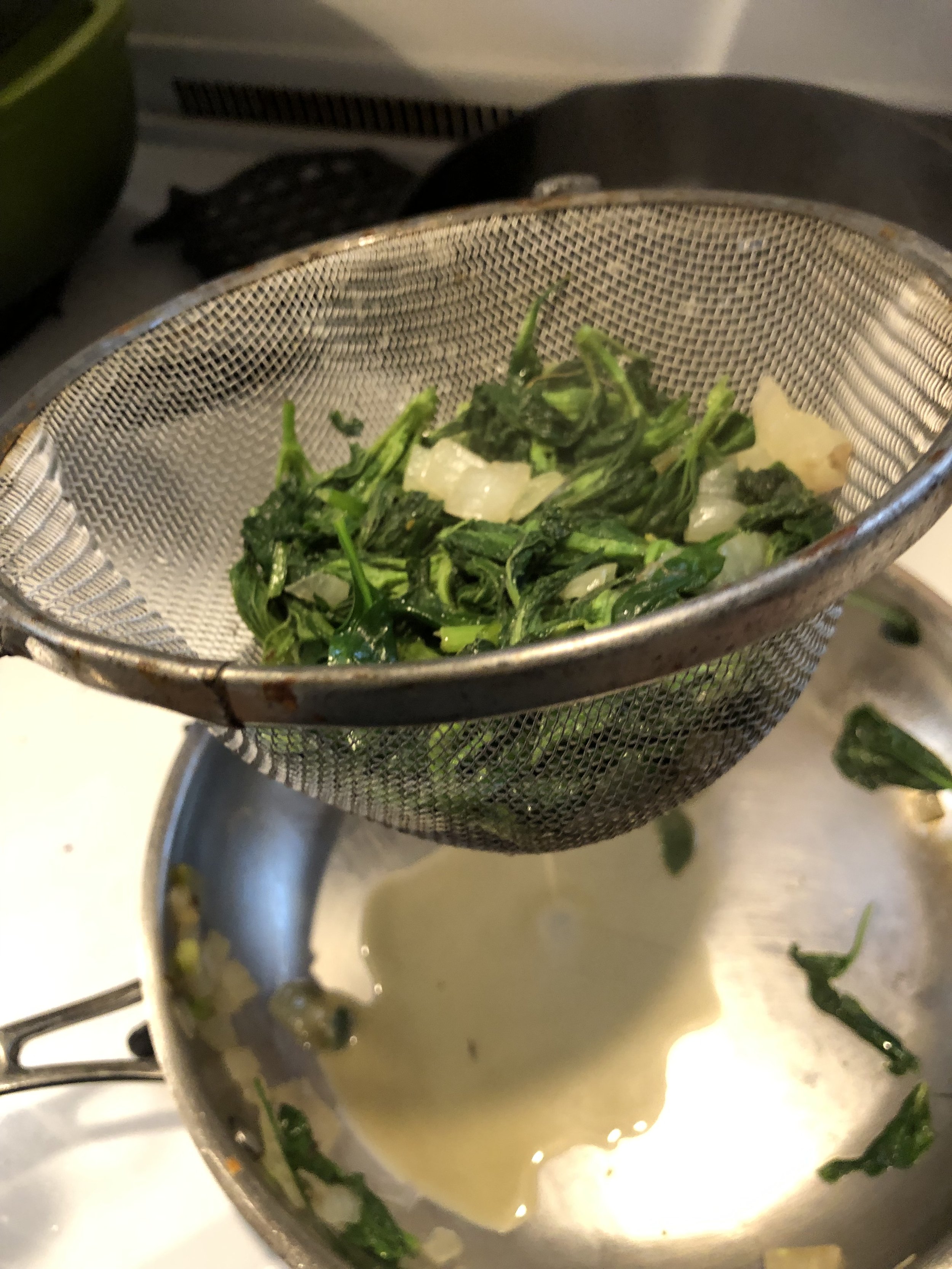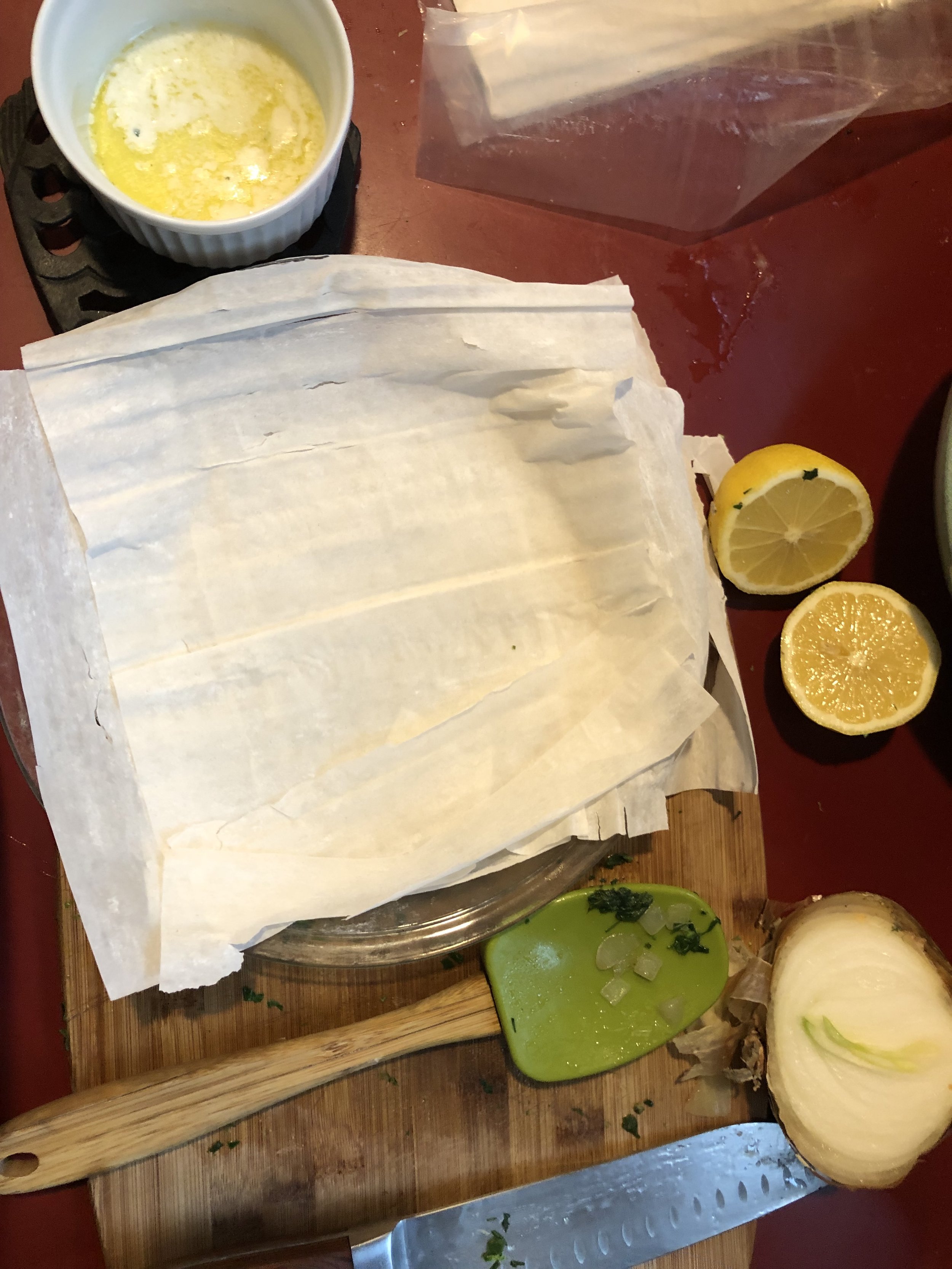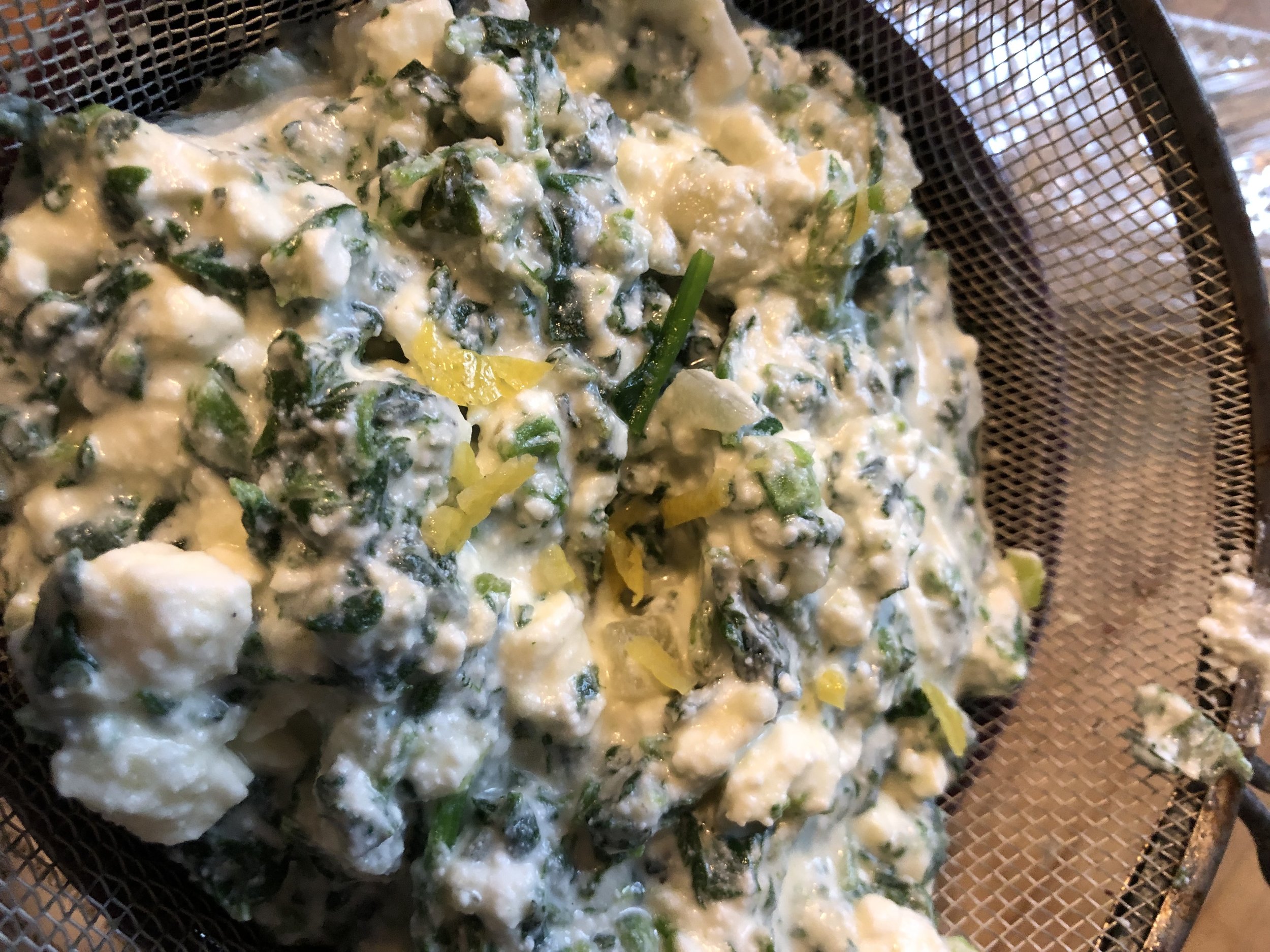Nettles
Materia Medica + Recipes for Spring
As spring arrives the life energy both within us and around us begins to move upwards from winter dormancy. Spring green is both a color which instills a sense of relief after winter, as well as offering us many of the nourishing and mineral rich plants which deeply restores us back into the time of outward engagement. Stinging Nettles (Urtica dioica) is one of the most infamous of the early spring greens, and for good reason. Nettle leaf, root, and seed all host a number of medicinal properties, the seed and root having a more precise application, and even the stalks can be used for fiber. There are so many ways to work with this plant, but in my own personal life, the most preferred way to work with Nettle is in early spring with the leaves. Nettle leaf is nothing short of a superfood, and while many folks turn to packaged, processed, imported, and expensive super foods, I still find Nettle to be of the highest caliber. If you are fortunate enough to have nettles growing on your property, or in an area nearby, then you can work with this fresh spring green in all manners of preparations; In cooking you can steam them (or saute with a splash of water and a lid for a few moments) to remove formic acid also known as the stinging part. Which leads to another worthy reminder, that this plant gets their name Stinging Nettles for a reason, they sting and some work with this stinging sensation to stimulate the body’s own reactions coined Urticaria, or hives, which are the skin’s reaction to the formic acid, and is said to have a beneficial effect on inflammation in the body through prohibiting the inflammatory prostaglandins.
The Leaf in flavor has a slight bitter, slight sweet and full on mineral salt flavor and is energetically neutral with a slight lean towards dry. Now for the nourishing aspects, the leaf is packed with vitamins A, B, C, and beta-carotene. Mineral rich is an understatement as this leaf is mineral magic with iron (Fe,) Magnesium (Mg,) Potassium(K,) Calcium (Ca,) and Phosphorus (P.) Aside from the buffet of vitamins and minerals, Nettle leaf is full of chlorophyll, and dried nettle leaf has over 40% protein in them. There is also Indoles, acetylcholine, tannins, dietary fiber, and mucilages worthy of note. And these compounds translate Nettle Leaf into a plethora of actions including Antihistamine, nutritive, nervine, kidney tonic, blood tonic, diuretic, astringing, anti-allergenic, antihemorrhagic, antilithic, irritant, vulnerary, trophorestorative and immunomodulator. (I will write a blog that demystifies these action terms soon, but can also easily be google.)
The nutritive effects make Nettle leaf an excellent herb for repairing and rebuilding weak bones, and the stings of the nettles applied topically increase circulation to the afflicted area and can be supportive to relieving stiffness in Cold-Damp arthritis. Nettle leaf internally is my go to for building someone’s constitution up from atrophy, and is worth noting, that as other nutritive herbs do, they take time and consistency to take effect. The mineral rich qualities of Nettle leaf is deeply nutritive for the blood, arteries, and capillaries. Another area Nettle is indicated for is the nervous system especially whenever depletion is present, again it is this depth of mineral richness which supports the nervous system and is the nutrient group of choice for this impactful system. Taking nettle daily to restore and tone is most commonly made along with Milky Oat Tops as an overnight infusion to access these restorative qualities to the Nervous System. This deep building quality applies to strengthening weak kidneys, and can be used in conjunction with other herbs to promote urination to increase the release of heat and dampness in the body.
Nettles topically is wonderful too, useful infused in oil as a hair application a few times a month to strengthen hair or as a strong prepared tea used as a wash for hair and skin aiding strength and tonifying as well. The immuno-modulating qualities of fresh nettle aids in supporting nourishment to immune system and is commonly used as a preventative for environmental allergy seasons (both spring and fall,) with the added bonus of offering nutritive qualities to the mucous membranes in the lungs and large intestines, which are companion organ systems to one another in Chinese Medicine.
I hope that this dive into the nourishing qualities of this common spring green has inspired you to collect some fresh, or visit a local herb shop to acquire some for your home apothecary, because Nettle leaf truly is a superstar and can be easily interwoven into our meals and lives. Below I am offering three recipes for nettles; nettle ice cubes (to save the fresh nettle goodness for future times,) Nettle Spanakopita and a Nettle Pesto from my Italian heritage called Pesto di Ortica.
Wishing you all a happy spring and nourishing bowl of nettle pesto pasta,
Laura
Nettle Ice Cubes
In the evening:
Take 1.5 cups fresh nettle leaf and mince it finely.
Place the nettle leaf in a heat safe quart container
Pour 1 quart boiling water over the herbs
Gently place a cover on the jar and leave overnight
Strain the plant parts out and set them aside (they make wonderful garden amendments, or added to eggs in the morning)
Use the strong tea of nettle and fill an icecube tray, and freeze
voila , you have deep green, nutrient rich ice cubes to use as needed for tea, food, soup stocks and other dishes you may dream up.
——————————————————————————————————————————————————-
Nettle Pesto - Pesto di Ortica
1 cup recipe (can double, triple and so on for more)
4 cups fresh stinging nettle leaves - you can cut this amount with basil leaves or any other nutritious wild spring greens
Kosher salt + Pepper
1 clove minced garlic (can also use garlic mustard greens as substitute or as an addition)
½ cup pistachios, pinenuts, or walnuts
1 tbsp lemon juice
⅓ cup olive oil
2 tbsp aged cheese, parmesan, asiago, etc.
First take a large pot, filled up ¼ of the way, bring this water to a boil and add salt liberally.
In another bowl, fill with ice and water for a cold water bath post boiling
Using gloves or tongues place your nettles in the boiling water and blanch them for 2 minutes.
Take the nettles out of the hot water and immerse them into the ice bath
Next take the nettles from their ice bath and let them spread out on a baking sheet until they are cool and to drain out any extra water
Chop them finely or add them to a food processor with the garlic, nuts of choice, and lemon juice. You can manually mince everything as well. Blend them until they form a paste.
Add the olive oil to the paste and blend or stir them
Transfer them to a bowl where you can fold in the cheese of choice and can add salt, pepper and more lemon juice until they taste as you wish them to.
Now you can jar your pesto and keep it in the fridge for additional storage; add to dishes throughout the week such as eggs, frittata, pasta, gnocchi, risotto, rice, and any meal that calls you to explore nettle pesto as an addition.
Nettle Spanakopita
The first time this idea of nettle spanakopita was recommended to me, I got in my car and went and bought seven packages of filo dough not aware that the recipe only called for 7 sheets of filo dough. Fortunately I had enough filo dough to continuously make this recipe through the spring-summer time and is well worth the patience required for working with filo dough.
150g or 3 cups of fresh nettle leaves (use half this amount for dried nettle leaf)
1 cup spinach
¼ cup minced onion
2 tbsp butter or olive oil for cooking
⅓ cup olive oil or melted butter for layering the spanakopita
2/3 cup crumbled feta
½ cup ricotta, strained in fine mesh strainer (can also use parmesan cheese
1/2 lemon juice and a bit of zest if you love lemon flavor
1 egg beaten
7 filo dough pastry sheets, defrosted.
Optional: 1 tbsp sesame seeds, white or black
Salt + pepper to taste
First we are going to prepare the filling, so if you are using fresh nettles and spinach (or other spring wild green) I would wash them and not drain them thoroughly as to leave moisture in them.
In a frying pan heat your 2 tbsp butter or olive oil. Once the pan is heated, add minced onion and stir until coated in butter.
Add the mildly strained washed greens and let them cook for about 5-6 minutes, or until wilted. Turn the pan off, and place the contents into a mesh strainer over a bowl to remove any extra moisture.
Place your green mixture in another dry bowl and add your feta, ricotta, parmesan and the lemon juice from your lemon. You can also add a generous amount of zest if you’d like. Strainigng your ricotta well is especially important as it can add extra moisture and make your spanakopita squishy.
Add ⅔ of the egg (saving the other ⅓ for a egg wash over the top of your dish) and salt and pepper to taste. The filling should be loose but not wet. You can add more feta or parmesan if there is too much moisture, or let it sit in a mesh strainer for an hour or two and let gravity remove the moisture for you.
Heat the oven to 400 degree F. and prepare to assemble the spanakopita.
I typically layer my spanakopita in a baking pan but you can also make individual triangles too
Start with one filo dough sheet, placing it in the baking pan and brushing the top facing sheet with olive oil or butter. Repeat this 2-3 times to create a base.
Now add spoons of your nettle cheese mixture and spread it gently like a paste
Repeat with another 2 layers of filo sheets, brushed with oil or butter
Repeat another layer of your nettle cheese mixture and another layer of 2 brushed filo sheets
You can use the remaining egg to brush the egg wash onto the top of the Spanakopita and scatter your sesame seeds.
Place the baking pan in the oven and let it cook for 40-45 minutes or until golden brown on top.
Let it cool to keep form when cutting or if you are super hungry, go for it (just won't be as pretty)
And now it is time to congratulate yourself for working with the thinnest most delicate pastry sheets, and for adding a nutrient packed herb to your daily meal.
Enjoy



